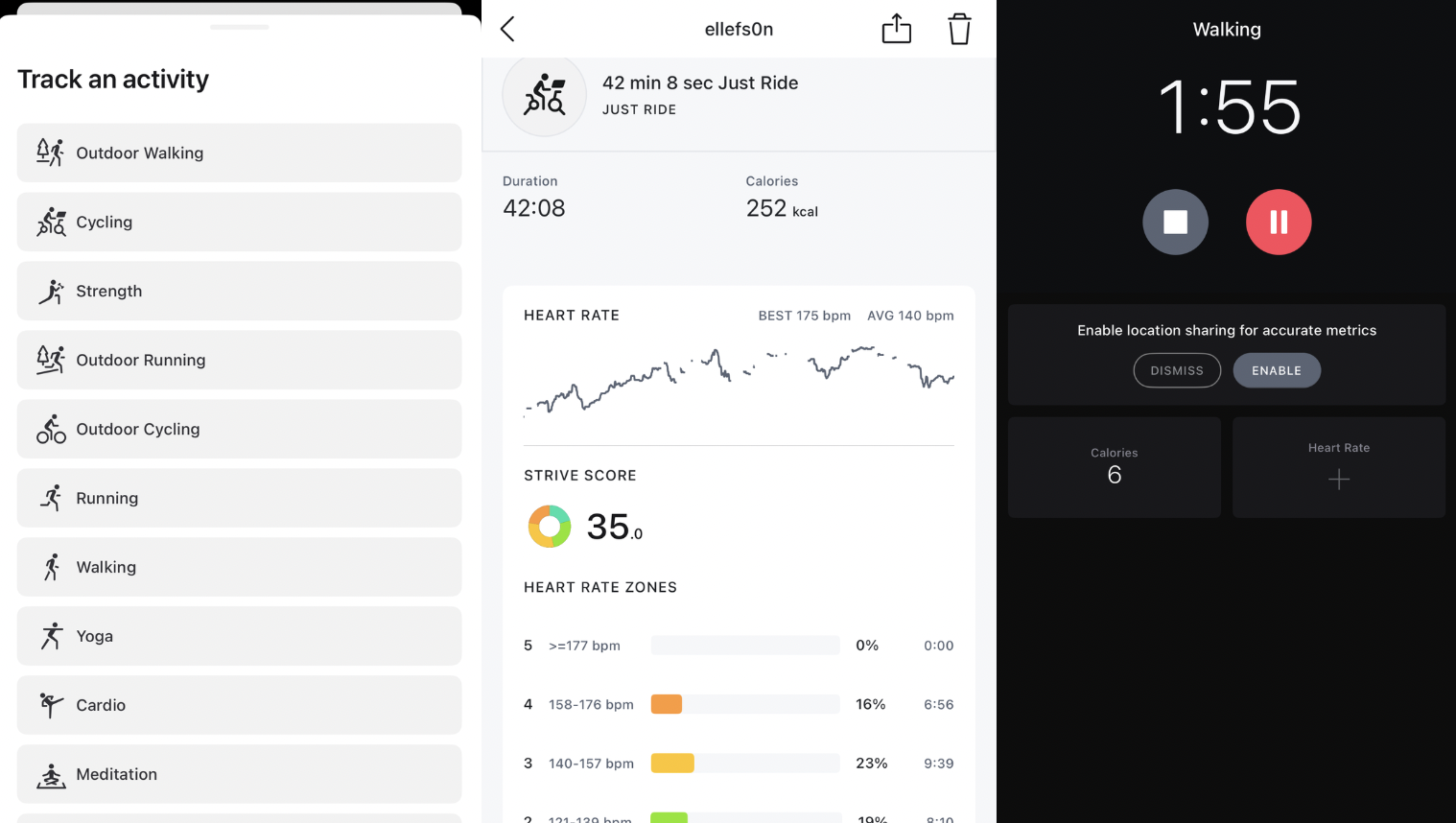I love finding new ways to use apps to make my life easier, but sometimes, I find that I’m using so much tech in my real life that I get a little bogged down. That’s been true with my workouts and health for a while: I weigh myself in the morning on a smart scale, which distributes the data to a nutrition app, Apple Health, and Peloton. I go to the gym and use my Apple Watch’s Workouts feature to track my cardio, then open up Strong to track my lifting. At home, I use Peloton to track my cycling workouts, stretching, yoga, and much more. It all gets to be a little much!
That’s why I was pumped when I found an overlooked feature on my Peloton app recently: I can track my non-Peloton workouts with it, meaning I don’t have to fiddle as much with some of my other apps. I can keep more of what I’m doing in one place, easy to reference, and streamlined.
How to track independent workouts with Peloton
When you open your Peloton app, you’ll see a bottom menu with five options: Home, Classes, Track, Community, and You. Most of these are pretty obvious and I’m guessing that the majority of the time, you’re hitting Classes to follow along with one of the thousands of guided workouts the app offers for up to $44 per month. But a few weeks ago, I decided to hit Track just to see what it was all about.
Credit: Lindsey Ellefson/Peloton
Tapping Track brings up a screen that says Track an activity. You have options and those will depend on what types of classes or workouts you use the app for most often. For me at this very moment, the app suggests Outdoor Walking, Cycling, and Strength, but you can hit More options to see a whole slate of choices that include running, yoga, cardio, meditation, and more. When you select one of these, they’ll be filed as “Just” classes in your Peloton history, like Just Ride or Just Walk.
If that reminds you of the Apple Watch’s built-in Workouts app, that’s because it’s basically the same thing. If you select one of those choices on Peloton, a screen pops up with a timer, start and pause buttons, a prompt to share your location “for accurate metrics,” a calorie counter, and a heart rate tracker. Basically, the same stuff the Workouts app monitors, too.
This is most useful if you’ve paired a heart rate tracker or wearable to your Peloton app, which is something I think everyone should do, since that will help the app better estimate your calorie burn and heart rate.
Why I love this
First and foremost, I like to keep data in one place. I ride my Peloton bike frequently, for instance, but I also teach in-person spin classes, and I want to know how those two instances of cycling match up in terms of output, not only for my fitness goals, but for my continued success and employment as a teacher. Tracking my in-person classes with the Peloton app makes these two categories of cardio much easier to compare.
Plus, I get better data this way. I tracked a lift the other day using the Peloton app, trusting it to monitor my heart rate and effort. I got a detailed graphic showing my heart rate over the two-hour span of my workout, a “strive score” (a Peloton-specific metric that measures your output), and a breakdown of how long I spent in each heart rate zone. You get different kinds of data depending on what you do, too. If you do a Just Walk, for instance, you get a little map of your route and can even see what your pace and elevation were at every point along it. Moreover, the strength workout was automatically added to my Workouts and Apple Health data, helping me satisfy the (admittedly arbitrary) goals I set within those apps for daily active minutes and daily burned calories.
Credit: Lindsey Ellefson/Peloton
That leads to another reason I like this setup: I use apps not just because it’s important to track what I’m doing and monitor my progress, but because they force me into some accountability. As I mentioned, I try to meet my pre-set Apple Health goals every day by “closing my rings,” but I also am dedicated to continuing my Peloton “streak” of active days. Do these things really matter? No, but doing them motivates me—and the threat of failing to do them on a given day forces me to action when I might otherwise choose to remain sedentary.
